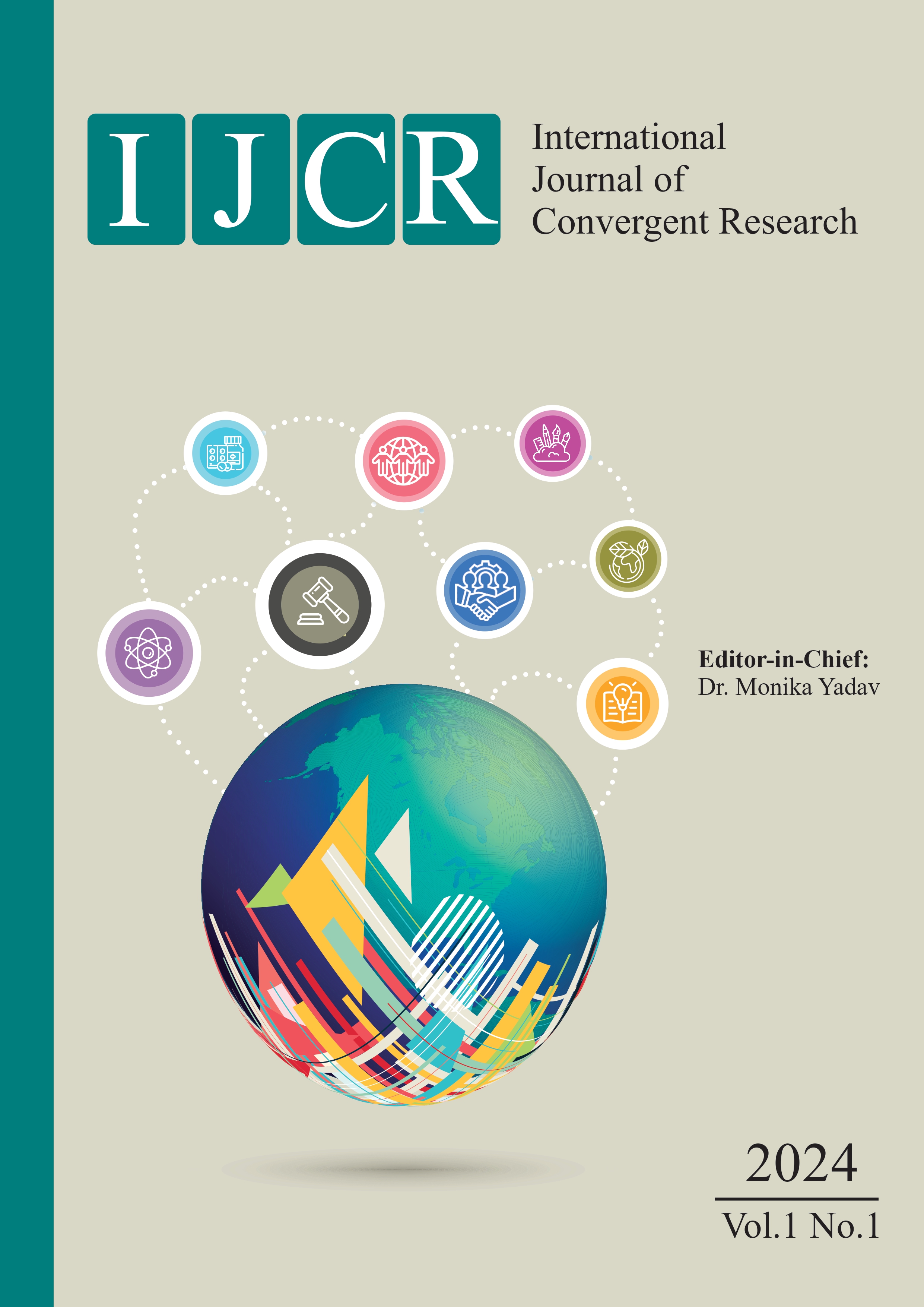Problems Faced by the Silk Handloom Weavers in Azamgarh and Varanasi Districts of Uttar Pradesh
Keywords:
Problems, Silk handloom weavers, Azamgarh district, Varanasi district, Uttar PradeshAbstract
Handloom weaving stands as one of the primary economic activities in India, second only to agriculture. This industry contributes approximately 15% to the nation's total fabric production and is responsible for over 95% of the global output of hand-woven cloth. According to the 4th All India Handloom Census (2019-20), the sector employs around 35.23 lakh workers, including over 26 lakh weavers and more than 8 lakh allied workers, operating across 28.20 lakh looms. This study examines the problem faced by the silk handloom weavers in the Azamgarh and Varanasi districts of Uttar Pradesh, based on primary data through a structured interview schedule. The data was evaluated using a simple percentage and presented by tables.
The research identifies several key problems impacting the handloom sector's productivity and sustainability. Among these, the high cost, poor quality, and scarcity of raw materials are significant issues. Marketing difficulties are prevalent, with 75.3% of weavers reporting challenges such as competition from power looms, inadequate promotional activities, and restricted market access due to the dominance of master weavers and cooperative heads. Financial instability is another critical concern, affecting 80% of the weavers, who struggle with poor access to funding, high-interest loans, and increasing debt. Design-related problems are also noted, with 46.7% of weavers expressing the need for greater creativity and innovation to remain competitive. Moreover, 89.4% of weavers report a lack of access to training and workshops, emphasizing the need for skill development to meet modern market demands. Technological challenges are also significant, with 82.7% of weavers lacking access to modern tools and equipment, which hampers their efficiency and output quality. Additionally, awareness of government schemes is alarmingly low, with only 27.9% of weavers informed about available support, revealing a critical communication gap. To address these multifaceted problems, the study recommends several policy interventions. The establishment of a Raw Material Bank is proposed to ensure the availability of essential inputs for handloom weaving. The introduction of a Yarn Passbook system is suggested to subsidize yarn costs for eligible weavers. The government is also urged to provide interest-free loans or soft loans with flexible repayment terms, tailored to the specific needs and performance of the weavers. A collaborative platform that brings together silk handloom weavers and fashion designers is recommended to foster design innovation and enhance market competitiveness. Additionally, the modernization of looms and equipment, particularly those that reduce physical strain and increase productivity, is essential for the sector's sustainability. These policy recommendations aim to improve the socio-economic conditions of the weavers, strengthen their market position, and ensure the long-term viability of the handloom industry in these regions.
Downloads
Published
How to Cite
Issue
Section
License
Copyright (c) 2024 Parvez Ahmed, Zeba Sheereen, Aneesur Rahman

This work is licensed under a Creative Commons Attribution 4.0 International License.



